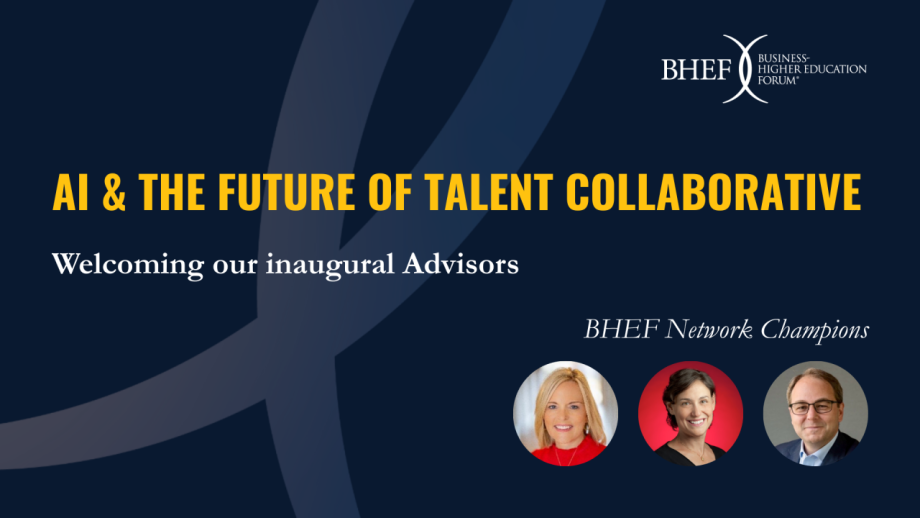In today’s rapidly evolving job market, employers believe that 60 percent of their incumbent workforce will require upskilling/reskilling by 2027. Employers have been critical of higher education institutions as too slow and expensive to address their upskilling needs. But with Georgetown’s Center on Education and the Workforce projecting that 72 percent of jobs will require post-secondary education by 2031, the time is ripe for business to partner with higher education on upskilling and reskilling pathways that are combined with post-secondary credentials. We work with institutions that are breaking the traditional mold and designing agile, flexile upskilling and reskilling paths that are responsive to worker, learner, and industry needs.
Here are three ways higher education can demonstrate and deliver compelling value in upskilling initiatives with business:
1. Understand and respond to regional talent needs and opportunities.
Higher education institutions are key economic drivers in their local economies: they contribute to talent and workforce development, drive and incubate innovation through research, and support wider community efforts. To be an economic driver in the talent space, institutions partner with employers and workforce development organizations to understand and address current and future skill and occupational needs. Our work at the Business-Higher Education Forum empowers institutions to use labor market data to understand regional workforce needs as part of our strategic partnership model.
One example of an institution that does this well is Miami Dade College (MDC). Recently, the Florida Department of Economic Opportunity projected that there would be more than 1,000 annual job openings in AI in South Florida with an average annual salary of $94,815. MDC was quick to respond to this projected demand by being among the first in the country to develop associate and bachelor’s degrees in AI. These programs not only fill high-tech talent needs in the region, but also grow tech talent in the underrepresented populations that MDC serves.
Understanding talent needs is not only knowing what skills and occupations are in-demand, but also understanding where gaps in supply lie. For Drake University, administrators recognized a high talent need in nursing but also realized thousands of prospective students were being turned away from nursing programs due to capacity constraints. As a result, Drake is launching an accelerated BSN program in the Fall of 2024 to fill talent shortages in nursing—and in response to student interests and program design needs.
2. Partner with employers to identify and translate skill gaps.
One area that can make collaboration between business and higher education difficult is understanding employer needs. Business leaders tell us that it is challenging to clearly convey what future skills needs are, but proactive institutions can assist in identifying these needs through the use of structured facilitation, skills frameworks, and tools.
For example, the Forum recently partnered with the West Georgia Technical Center to develop their Regional Workforce Training Center. Within 1.5 years, this center is quickly becoming known for their employer-centric approach to upskilling. In addition to using advisory groups and regional skill surveys, they are adept at working with individual employers, helping them identify skill needs through tailored assessments and site visits, meeting with HR representatives and subject matter experts, and observing the manufacturing workstreams to understand the technical skill gaps. In effect, the institution has made itself a skills translation service provider to its business partners.
Another exemplar is Northeastern University’s Roux Institute. The Roux Institute was founded in 2020 as part of the Northeastern Global Network locally focused on economic growth and development in Maine. To improve their engagement with employers, they needed to figure out how to translate higher education language to employers and vice versa. Through a partnership with LL Bean where they built a skills-based curriculum, the Roux Institute created a skill competency framework the helps employers identify exactly where the skill need lies within an area of expertise and tailors training for the employer. This framework unlocked capacity for other companies to engage with them in a replicable framework and has proven to accelerate conversations with employers.
3. Consider the needs of learners and the business.
A core component of partnering with business on upskilling and reskilling is developing a program that takes into consideration the time, resources, and effort of the business and the learner. Adult learners often have home and work responsibilities, and they need flexibility in how and when a course is offered. Employers have talent needs that require a shorter time-to-credential, often outside of working hours. Partnerships between employers and higher education institutions that take into consideration the needs of workers and learns can spark a transformational opportunity.
In 2014, the Georgia Institute of Technology, Udacity, and AT&T teamed up to launch the first accredited Master of Science in Computer Science through a MOOC format. The accelerated program took into consideration learners’ and business’ needs by offering a degree program through an online platform at a fraction of the cost of traditional master’s programs. In five years, the program has received over 25,000 applications and enrolled nearly 9,000 students. The success of this program has allowed Georgia Tech to scale online master’s degrees to ten programs all designed to more flexibly, affordably, and quickly meet the reskilling and upskilling needs of the learners enrolled.
Another deep partnership model focused on regional upskilling is BlueCross BlueShield of Tennessee (BCBST) and East Tennessee State University’s partnership to create the BlueSky Tennessee Institute. BlueSky targets low-income and historically underrepresented students to earn a bachelor’s degree in computing in 27 months and receive a job offer to BCBST upon graduation from the program. The program was designed to respond to regional talent needs, reaching learners early (in high school) to address a talent gap in a high-demand technical area, and provides an accelerated pathway to a degree for local learners who are typically underrepresented in the IT field.
One employer who has expanded their partnership with higher education institutions to gain access to net new talent and diversify their workforce is Accenture. Accenture’s North America Apprenticeship Program has grown to more than 2,000 apprenticeships in 40 cities with roles across technology including cybersecurity, cloud engineering, and more. They partner with community colleges and other organizations to offer a 12-month, earn-and-learn program. Through this model, Accenture is addressing a critical business need for entry-level talent with tech skills while considering the needs of the learner by providing the opportunity to earn a degree or credential while gaining real work experience with a competitive wage and benefits.
Employers share with us that they have significant reskilling and upskilling demands, many accelerated by AI, and they need to equip workers for changing roles. By adhering to the above principles, higher education institutions can fulfill the upskilling and reskilling needs of employers with proactive engagement, flexibility in offerings, and alignment of priorities and needs. Engaging with the Business-Higher Education Forum’s strategic partnership model can jumpstart how institutions partner with employers on lifelong learning opportunities. Want to learn more or talk to a member of our team about how your institution can improve employer engagement? Contact us at kristen.fox@bhef.com.







